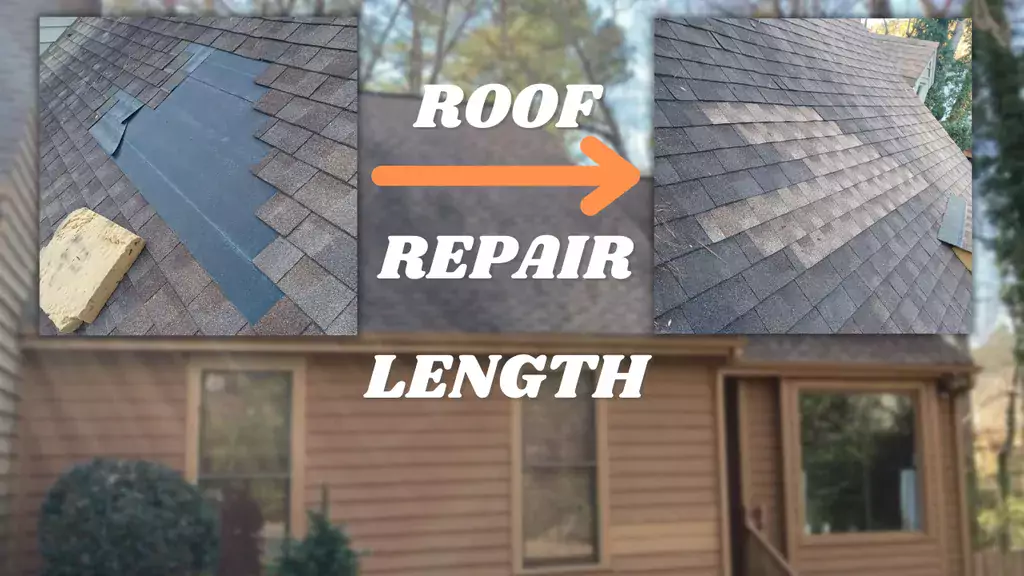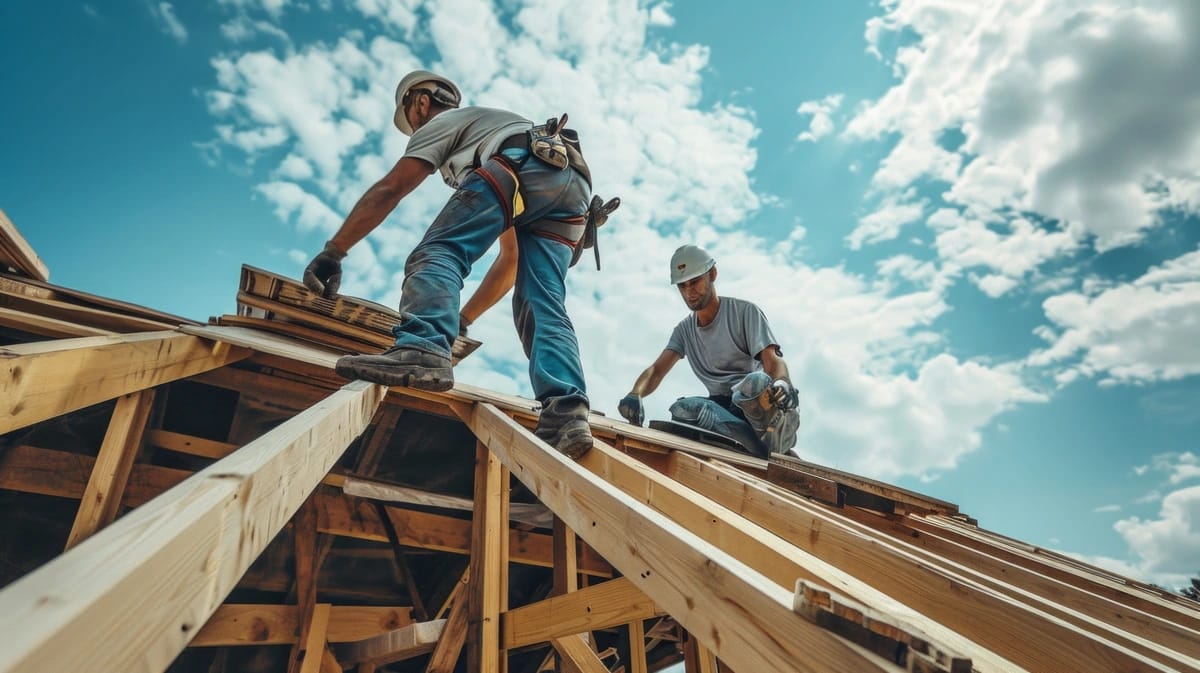Roofing Oahu: Specialist Professional Roofer for Your Oahu Home
Roofing Oahu: Specialist Professional Roofer for Your Oahu Home
Blog Article
Understanding the Various Sorts Of Roofs: A Comprehensive Overview for Homeowners
With a selection of choices-- ranging from the conventional gable to the contemporary flat-- each kind presents distinct advantages and difficulties that need to straighten with the house owner's ecological considerations and particular requirements. As we explore the ins and outs of different roof covering types, it becomes evident that one dimension does not fit all; the right selection may surprise you.
Saddleback Roof
Saddleback roofs, characterized by their triangular form, are amongst one of the most prominent roof styles because of their simplicity and effectiveness in dropping water and snow. This design includes 2 sloping sides that fulfill at a ridge, permitting reliable water drainage and reducing the danger of water build-up. The high pitch commonly associated with saddleback roofs boosts their ability to take care of hefty rainfall, making them suitable for various environments.
In addition to their functional benefits, gable roof coverings use visual convenience. They can be adjusted to numerous building styles, from conventional to modern-day homes. The layout can also accommodate additional features such as dormer windows, which enhance all-natural light and air flow in the attic area.
Moreover, saddleback roofs provide ample area for insulation, contributing to power effectiveness. Property owners can select from a variety of roofing products, including asphalt tiles, metal, and ceramic tiles, even more boosting personalization choices.
Regardless of their advantages, saddleback roofs might call for extra assistance in areas susceptible to high winds or heavy snowfall. Overall, the gable roofing continues to be a preferred option because of its blend of capability, toughness, and aesthetic appeal.
Flat Roofs
Level roofings are typically recognized for their minimal style and practical applications, specifically in industrial and commercial settings (oahu roofing). These roofings feature a almost horizontal or straight surface area, which enables very easy building and construction and versatile room use. While they may do not have the aesthetic allure of pitched roofs, flat roofs offer numerous benefits, specifically in metropolitan environments where making the most of area is critical
One of the primary benefits of level roofings is their availability. House owners can use the roofing area for various functions, such as rooftop yards, terraces, or solar panel installations. Additionally, level roofs are normally more cost-efficient to keep and install compared to their sloped equivalents, as they call for less materials and labor.
Nevertheless, flat roofings do present specific obstacles. Appropriate drainage is important to protect against water pooling, which can result in leaks and architectural damages. For this reason, selecting premium waterproofing materials and regular evaluations are crucial for making sure longevity. Usual materials made use of for flat roofs include built-up roofing (BUR), modified bitumen, and single-ply membrane layers, each offering distinctive advantages. In general, level roofings serve as a functional and versatile choice for several home owners and organizations alike.
Hip Roofing Systems
Hip roofings are characterized by their sloped sides that assemble on top, developing a ridge. This design stands out from saddleback roofs, as all 4 sides of a hip roof covering slope downwards toward the walls, supplying a much more stable structure. The angle of the slopes can vary, permitting convenience in architectural aesthetic appeals and capability.
Among the primary advantages of hip roofs is their capacity to stand up to heavy winds and negative climate condition. The sloped surfaces enable better water drain, reducing the threat of leakages and water damage. Additionally, hip roofs provide boosted attic room, which can be utilized for storage space or even converted into livable locations.
Nevertheless, creating a hip roof covering can be more pricey and complicated than simpler roof kinds, such as gable roofs. The additional material and labor associated with producing the inclines and ensuring proper architectural integrity can cause greater expenses. Regardless of these disadvantages, lots of house owners prefer hip roofing systems for their sturdiness, visual appeal, and potential for power performance.
Mansard Roofings
Mansard roof coverings, typically identified by their one-of-a-kind four-sided design, attribute two inclines on each side, with the reduced incline being steeper than the top. This architectural style, originating from France in the 17th century, is not only visually attractive but useful, official site as it takes full advantage of the functional room in the top floorings of a structure. The steep reduced incline allows for even more headroom, making it an excellent choice for attic rooms or loft spaces, which can be exchanged living rooms.
Mansard roofs are defined by their adaptability, fitting numerous architectural designs, from traditional to modern-day. They can be constructed with different materials, consisting of asphalt shingles, slate, or metal, offering homeowners with a series of alternatives to fit their spending plans and choices. Additionally, the design permits the integration of dormer windows, boosting all-natural light and air flow in the top levels.
Nonetheless, it is necessary to consider the potential disadvantages. Mansard roofings may require even more upkeep due to the intricacy of their layout, and their high inclines can be testing for snow and rainfall runoff. Generally, mansard roofings incorporate style with usefulness, making them a popular selection among property owners seeking distinct architectural features.
Dropped Roofings
As homeowners my latest blog post progressively seek simpleness and functionality in their architectural designs, dropped roofing systems have actually become a prominent selection. Identified by a solitary sloping airplane, a shed roofing offers a minimal visual that enhances various home styles, from modern to rustic.
Among the main advantages of a shed roof covering is read the article its straightforward building, which often translates to reduce labor and material prices. This layout enables reliable water drainage, decreasing the danger of leakages and water damage. Furthermore, the vertical incline provides sufficient space for skylights, improving natural light within the interior.
Lost roofs additionally supply flexibility in regards to use. They can be efficiently incorporated into additions, garages, or outdoor structures like structures and sheds. Additionally, this roof covering style can fit different roofing products, consisting of steel, asphalt tiles, or even eco-friendly roofing systems, aligning with environment-friendly campaigns.
However, it is vital to think about regional environment problems, as heavy snow tons may require modifications to the roof's angle or structure. Generally, dropped roofs provide a sensible and aesthetically pleasing option for property owners wanting to maximize functionality without jeopardizing style.
Conclusion


Gable roofings, characterized by their triangular form, are among the most popular roof covering styles due to their simpleness and performance in losing water and snow. oahu roofing. The high pitch commonly associated with gable roof coverings boosts their capacity to take care of heavy precipitation, making them appropriate for different environments
While they might lack the aesthetic allure of pitched roofing systems, flat roofings use countless advantages, especially in metropolitan environments where optimizing space is critical.

Report this page